For over 40 years, we have shaped the conversation around the future of New York City and cities around the world.
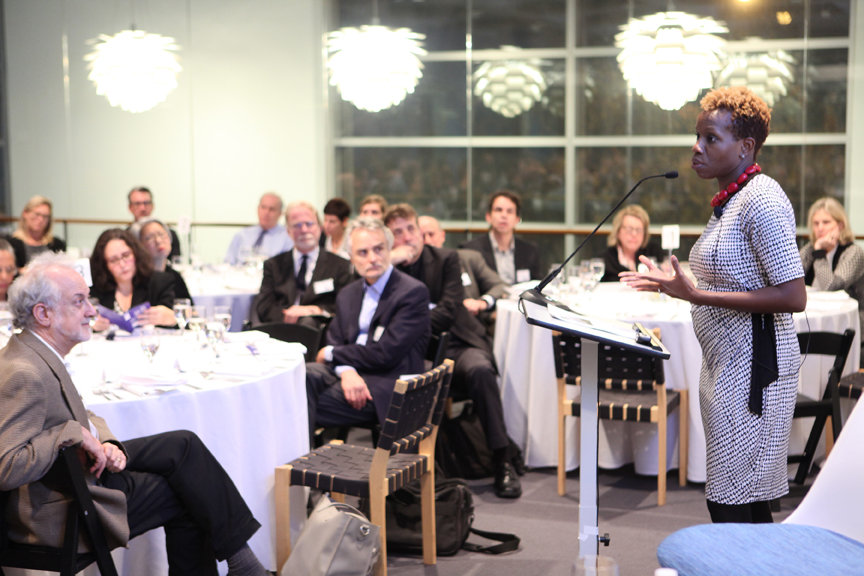
Early Years
In 1978, pioneering journalist and editor Ann Ferebee organized the “First National Conference on Urban Design: Cities Can Be Designed” at the recently inaugurated Citicorp Center in midtown Manhattan, where she formally launched the Institute for Urban Design. The four day symposium convened 14 panels on issues ranging from urban redesign in Sadat City, Egypt to the relationship between zoning in New York and Boston. Ferebee wrote of the Institute’s founding:
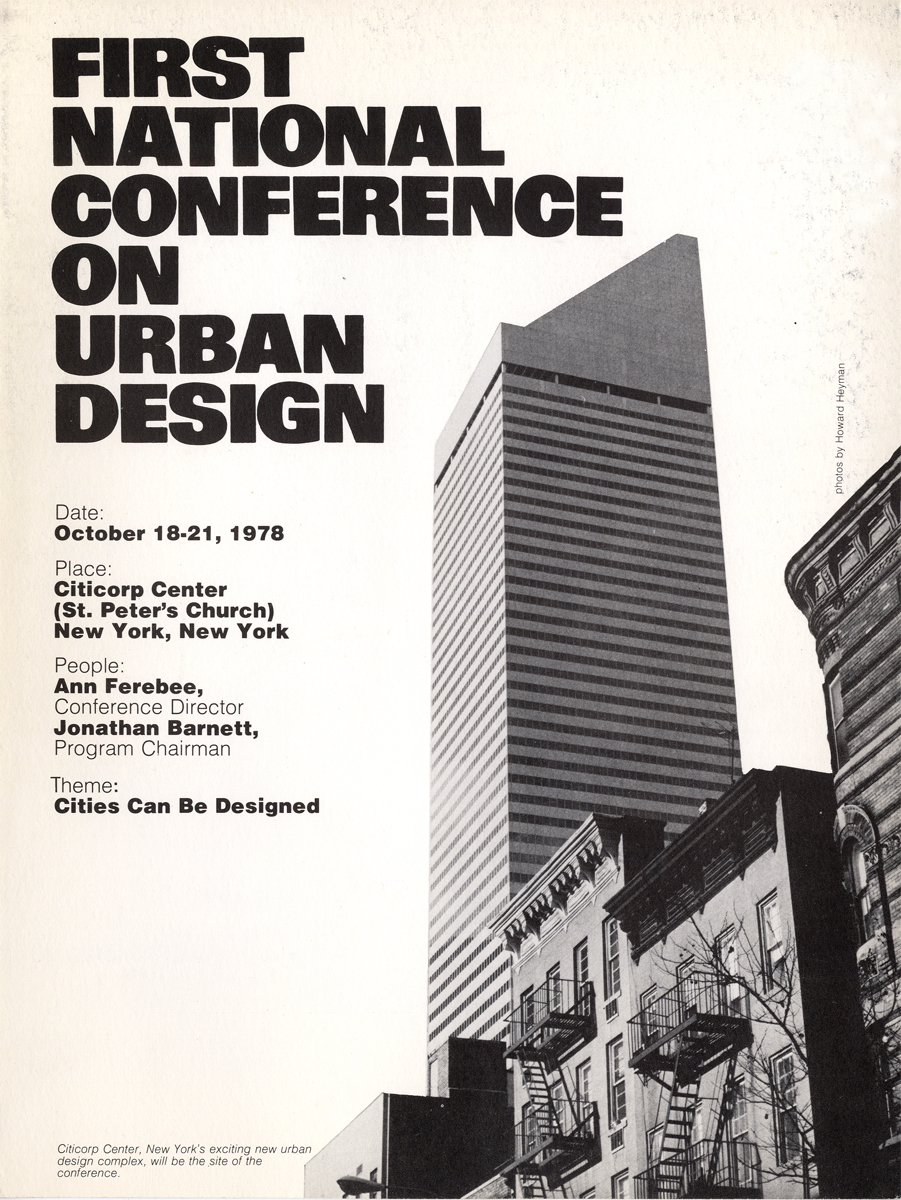
“Some time ago, while barging down the Canal de l’Est in Eastern France with contributing editor Stan Abercrombie, I described to him the possibility of creating a not-for-profit Institute for Urban Design. Stan liked the idea. As Buffalo, our sheepdog mascot, stood by, Stan listened to our plan for a World Cities program as well as a journal reaching people around the country, and, ultimately, around the world. The international scope of our plans intrigued Stan, if not Buffalo.” –Ann Ferebee, Urban Design International, 3
Following the conference, Ann Ferebee quickly began gathering prominent figures in the emerging urban design field to advance her new organization. As the first national organization in the United States focused solely on issues of urban design, the Institute was unique in both its scale and purpose. The Institute ambitiously sought to convene scholars and practitioners of diverse backgrounds from different cities around the world. By 1984, the Institute had built a membership network of over 1,500 Fellows.
Original Advisory Board members and founders of the Institute and its bi-monthly magazine, Urban Design International, included Anne Blocker, David Lewis, M. Paul Friedberg, David Wallace, John Howard, Weiming Lu, Allan Jacobs, Moshe Safdie, Theodore Liebman, Jonathan Barnett, John Belle, and Jane Thompson. Famed graphic designer Milton Glaser, a friend of Ferebee and creator of the I (love) NY design, served as the magazine’s Design Consultant and created the Institute’s iconic logo.
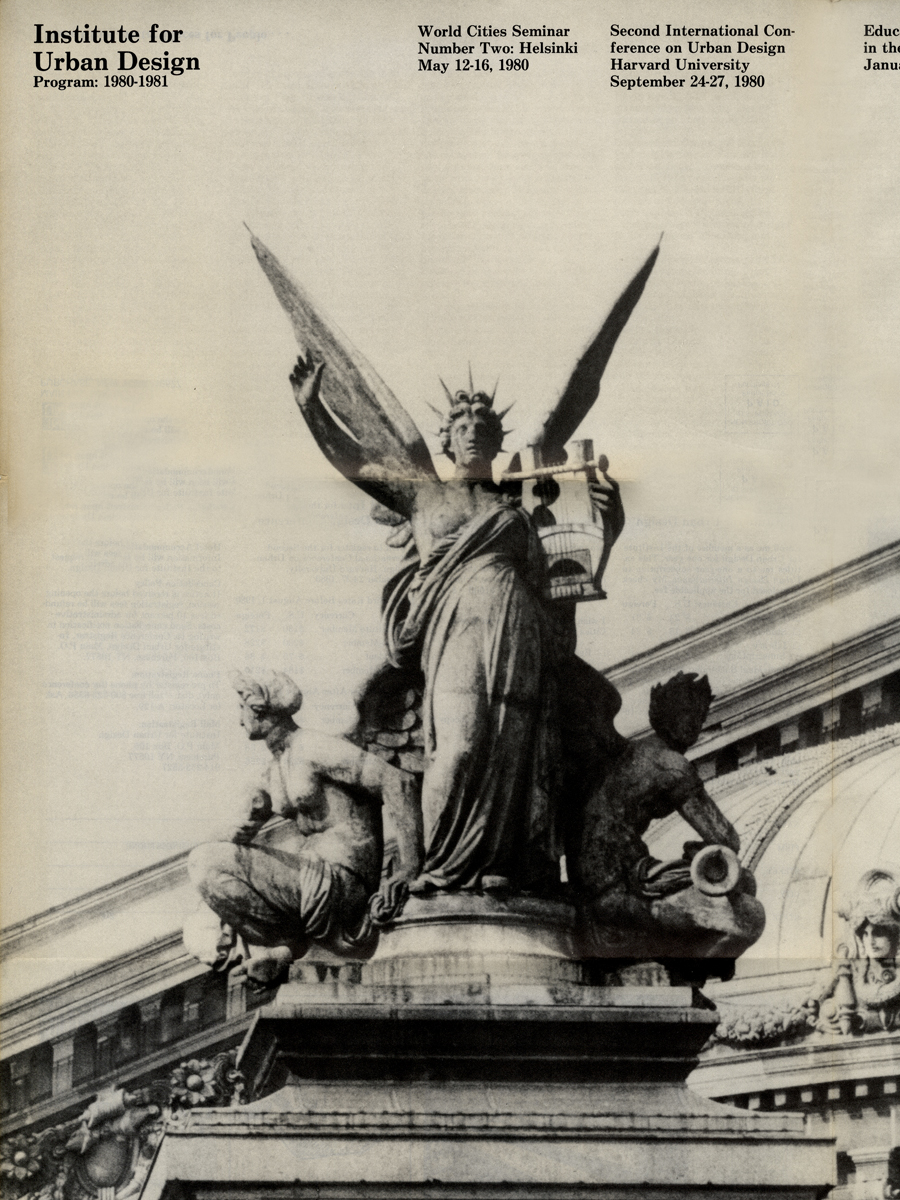
From the beginning, a major project of the Institute was to convene urban design leaders from around the world in International Design Conferences and World Cities Tours. Here, global urban issues could be discussed through the lens of a single city. The first International Design Conference was held in Philadelphia in partnership with James Nelson Kise, Norman Day, and the University of Pennsylvania. Subsequent conferences were held in Boston, Galveston, Toronto, Washington D.C., and Pittsburgh. World Cities Tours, which brought urban designers to architecturally and culturally important sites as a means of studying a particular global city included Paris in 1979; Helsinki in 1980; and Berlin in 1981, a full eight years before the fall of the Berlin Wall. Through the International Design Conferences and World Cities programs the New York-based Institute began a decades-long commitment to looking outward, both nationally and globally.
Prescient Proposals
Beginning in 1990, fellows of the Institute were invited to participate in bi-annual Fellows Dinners. Typically held in New York, Fellows Dinners invited designers, city planners, and developers from around the world to present major urban design schemes, many of which later became reality.
The February 1998 dinner offered the Thames Embankment development in London as a possible model for New York’s plans to develop a park along the edge of Hudson River. Today, the Hudson River Park boasts 17 million visitors per year, and the Urban Design Forum continues to host bi-annual seminars between New York and London to exchange best practices.
In 2002, the fellows gathered to discuss the future of Lower Manhattan post-9/11 in a session titled “Not As It Was But As It Could Be.” 25 professionals and design groups made proposals to build a new, dynamic financial district while preserving the memory of the World Trade Center site. One team from PROUN Space Studio proposed situating two towers of light in remembrance, which is now installed annually on the anniversary of the attacks.
In 2004 James Corner, one of the designers of the High Line, presented plans for the elevated rail line, asking the Fellows, “How do you keep something of the mystery of the place?” He aimed to blur the barrier between the natural space and walking areas on the platform, an idea visitors experience today as they walk along sloping pathways through and within the High Line’s natural landscape.
The Forum and the Institute
In 2005, the Board of Directors of the Institute for Urban Design founded a new organization, the Forum for Urban Design. For nearly a decade, both organizations presented symposia and debates on the future of urban life. Then led by David Haskell and Daniel Rose, the Forum convened its inaugural event, “New Orleans Rebuilds” in October of 2005, only two months after Hurricane Katrina devastated the city. Planners and architects from New Orleans stressed the need to preserve the unique spirit and character of the city while at the same time adapting the built environment for resiliency.
In 2007, the Institute, then led by Olympia Kazi and Michael Sorkin, held a conference organized titled “New York 2030” in response to Mayor Bloomberg’s PlaNYC, the city’s official plan to turn New York into the world’s most sustainable metropolis by 2030. Kazi invited over forty contributors to offer different visions of how PlaNYC could be implemented and adapted.
In 2007, the Forum led the first international conference of city planners, the “Cities Conference on Urban Design,” which gathered city planners from Boston, London, New York, Singapore, Toronto, and Vancouver to discuss public-realm design challenges in the city’s financial core at the Museum of Modern Art.
The following year, the Forum spurred the development of New York’s bike share program through a study of bike sharing programs in cities from Barcelona to Paris to Stockholm. In partnership with the Storefront for Art and Architecture, the Forum sponsored two weekends of free bike use as a study of how bike sharing could work in New York five years before the official launch of Citi Bike.
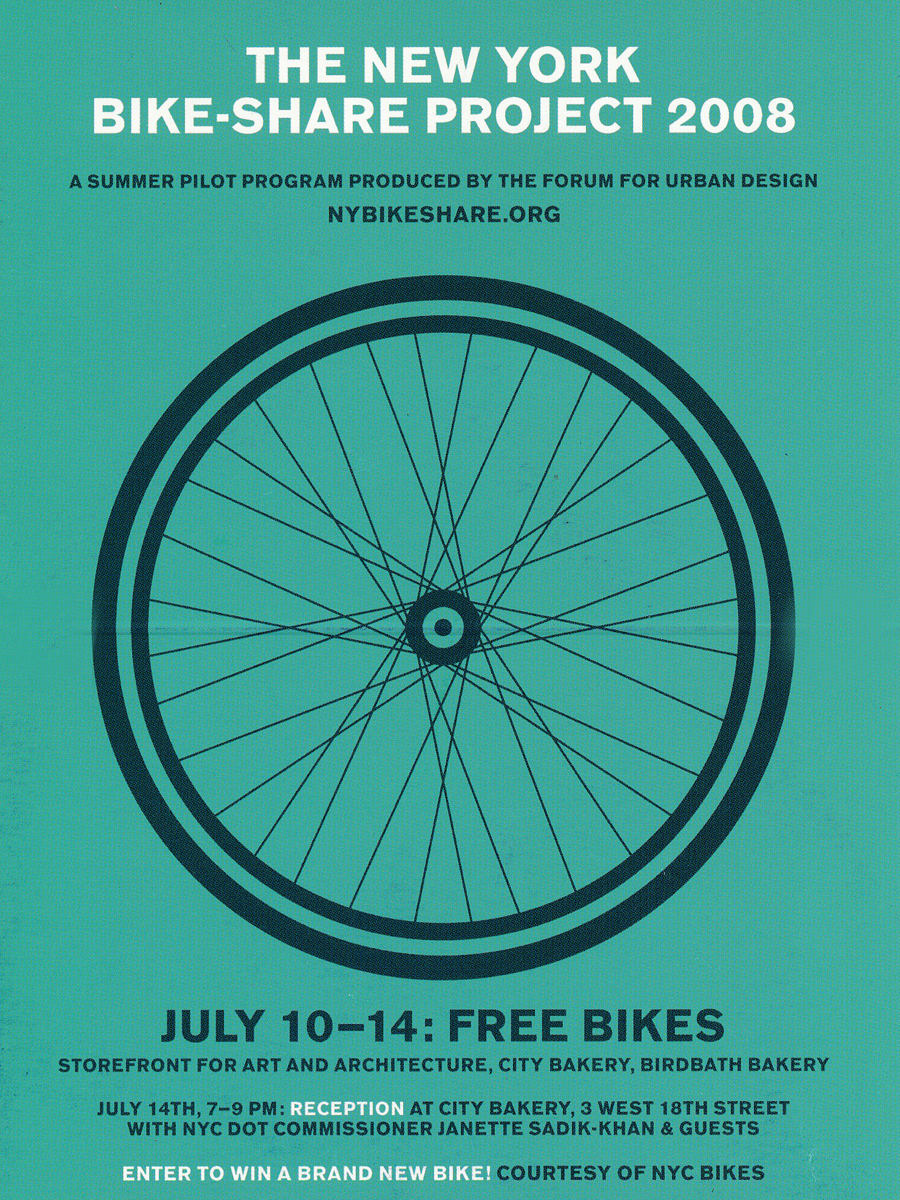
In 2012, the Institute was invited to present the US Pavilion for the 13th Venice Architecture Biennale with an exhibit called “Spontaneous Interventions: Design Actions for the Common Good.” Organized by Cathy Lang Ho, Ned Cramer, Anne Guiney, David van der Leer, Paula Antonelli, and Michael Sorkin, the exhibition presented new strategies in public design from urban farms to crowdsourced planning. The pavilion garnered the United States’ first special mention at the Biennale, and was subsequently exhibited at the Chicago Cultural Center and Governors Island in New York City.
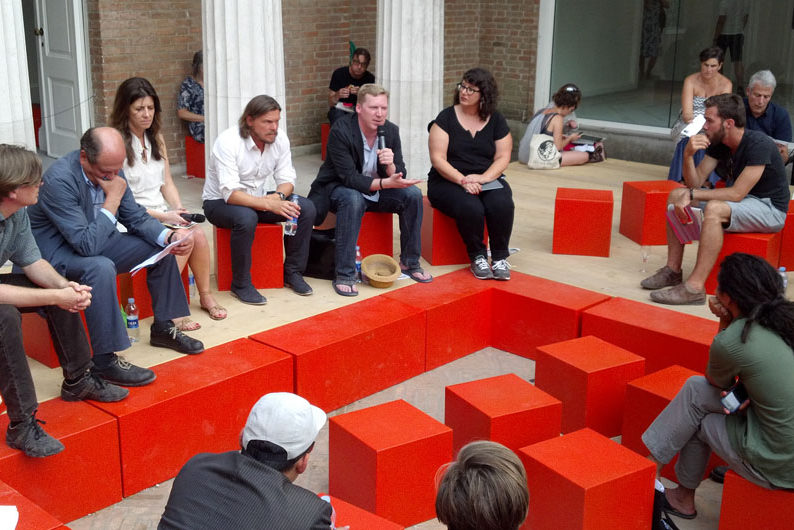
In 2013, the Forum hosted “Next New York” a series that generated 40 innovative proposals for New York City in the next mayoral administration. Proposals included a light rail scheme for the Brooklyn-Queens waterfront, re-skinned public housing across the five boroughs, social impact financing for new open space, and a bike superhighway along Queens Boulevard.
In 2014 the Directors of the Forum for Urban Design and Institute for Urban Design agreed to reunite the two organizations.
The Forum Today
Today, the Urban Design Forum remains a destination for international visionaries to share work and research, and a platform to empower new ideas for New York City. Cities around the world are grappling with unprecedented challenges: a swelling global population, rising sea-levels, rapidly developing technologies, and widening income inequality. There has never been a more important time to gather the world’s leading designers, developers, and public officials to debate the defining issues facing our cities.